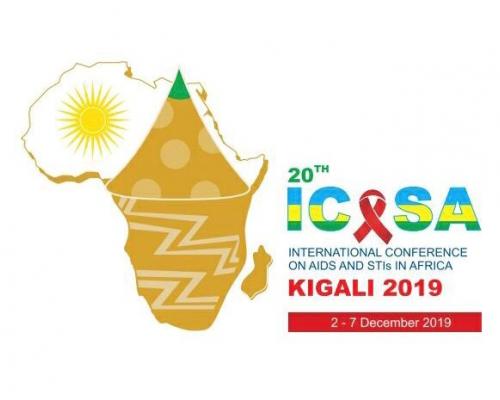Leishmaniasis is caused by protozoan parasites belonging to the genus Leishmania. The parasites are transmitted by the bite of a tiny – only 2 to 3 mm long – insect vector called the phlebotomine sandfly. There are some 500 known phlebotomine species, but only about 30 have been found to transmit leishmaniasis. Only the female sandfly transmits the parasites.
Leishmaniasis threatens about 350 million men, women and children in 88 countries around the world. As many as 12 million people are believed to be currently infected, with about 1 to 2 million estimated new cases occurring every year.
The disease can have a wide range of clinical symptoms, which may be cutaneous, mucocutaneous or visceral. Cutaneous leishmaniasis is the most common form. Visceral leishmaniasis is the most severe form, in which vital organs of the body are affected.
The burden of the disease in Africa is still under assessment. Affected countries in the WHO African Region are mainly Ethiopia and neighbouring countries in East Africa (Kenya, South Sudan, Uganda) which are affected by the two forms of the disease. Central Africa countries also have all of the forms with predominance of the cutaneous form while in West African countries only the cutaneous form of the disease is found mainly in the Sahel strip countries (Burkina Faso, Mali, Niger and Senegal).


